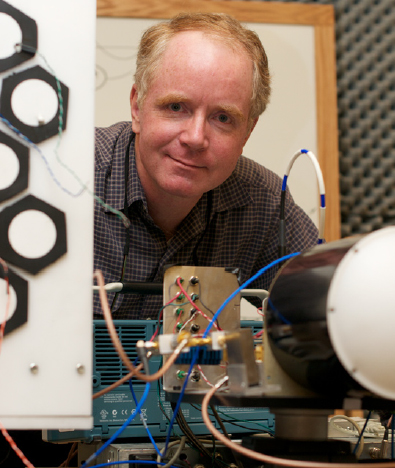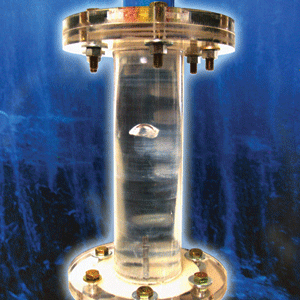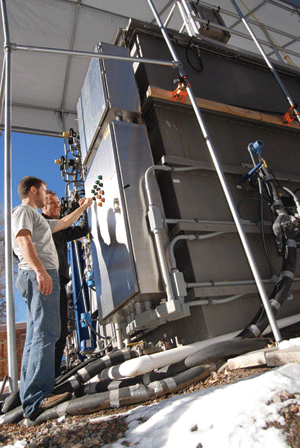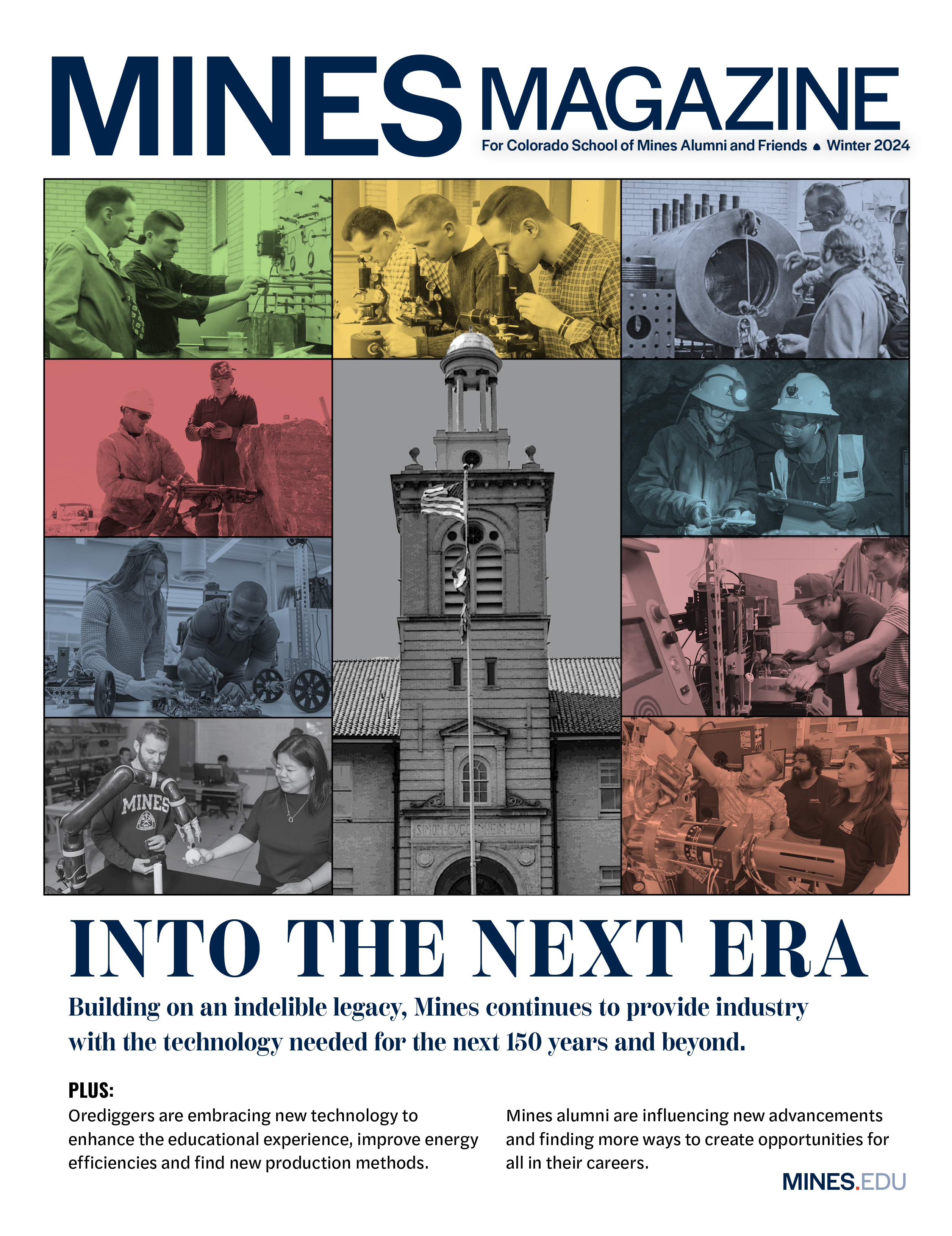During 2009, landmines were cleared from an area more than five times the size of Paris. Within that same year the Landmine Monitor, which was created in June 1998 by the Nobel Peace Prize-winning International Campaign to Ban Landmines, reported 3,956 casualties from the devices globally.
 Placed just inches underground, landmines can lie dormant for decades before killing or maiming their victims. Because children are more likely to veer off the beaten path, they make up a disproportionate number of the casualties. And while antipersonnel landmine use has dropped dramatically since the 1997 Ottawa Treaty banning their use, there remain 39 nonsignatory states (the U.S. is one) and many thousands of square kilometers of land remain uncleared.
Placed just inches underground, landmines can lie dormant for decades before killing or maiming their victims. Because children are more likely to veer off the beaten path, they make up a disproportionate number of the casualties. And while antipersonnel landmine use has dropped dramatically since the 1997 Ottawa Treaty banning their use, there remain 39 nonsignatory states (the U.S. is one) and many thousands of square kilometers of land remain uncleared.
By design, antipersonnel landmines are difficult to detect. Typically made of plastic, the firing pin is sometimes the only metal component, frequently rendering ground-penetrating radar and metal detectors ineffective. The United States military sometimes employs heavily armored vehicles that flail the ground to intentionally detonate antipersonnel mines, after which they send in specially trained dogs and specialists with sensitive probes. Other protocols are also employed, but they are all time-consuming, dangerous and very expensive, so alternatives have long been sought.
Funded by the Army Research Office, physics professor John Scales and a number of students and colleagues may have come up with just such a solution using sound waves and extremely sensitive microwave-detection technology. “We gently shake the ground with low-frequency sound waves, and a sensitive microwave vibration sensor looks for signatures that are consistent with a buried landmine,” Scales explains.
But the sound isn’t coming from an ordinary speaker. A special ‘nonlinear sound array’ is employed, which exploits certain characteristics of air to direct a powerful low frequency ‘beam’ of sound. To explain the physics behind this phenomenon is, regrettably, beyond the scope of this article; suffice it to say, the end result is a remarkably defined column of sound: “It’s like walking through a flashlight beam,” says Scales. “Standing off to the side, you don’t hear anything, but when you get in the beam, it’s really loud.”
As the beam of sound is slowly panned across a field, it shakes a limited area. As it does so, a sensitive microwave motion sensor connected to a computer interprets the resulting data in an effort to distinguish the acoustic signatures of irregularly shaped rocks and regularly shaped plastic mines. “For buried objects, the useful range is likely about 20 meters, with a ground penetration of 10 centimeters,” says Scales.
Two separate papers in the Journal of Applied Physics describe Scales’ combination of these technologies: one addresses a super-sensitive, homemade microwave vibration sensor, while the second focuses on the nonlinear acoustic methods for getting energy into the ground.
Ultimately, he envisions the technology mounted on the front of a vehicle; for now, the prototype made using off-the-shelf technology is mounted on a simple cart purchased at The Home Depot that Scales’ team beefed up with heavy-duty wheels and struts. Its price tag: $30,000.
The Army will be conducting some rigorous tests soon, but whether they are successful or not, Scales won’t be filing any patents. In keeping with his lab’s policy, all aspects of his team’s research are freely available via the web. “Our goal is simply to see whether this combination of technologies, the nonlinear acoustics and the microwaves, can be successful,” he says. “If it can be, there are lots of people out there who can make it cheap and make it fast.”
Brian Zadler PhD ’05 worked on the landmine detection system’s amplifiers and nonlinear array during his postdoc at Mines. “When you learn the statistics of how many mines are still buried on beaches, fields and roadways, and how many civilians are injured and killed every year, sometimes from decades-old mines, it’s startling. Developing technology for humanitarian de-mining is a worthy way to spend your time,” he says.
“There are hundreds of millions of landmines worldwide; they represent a huge public health and environmental cost in developing countries,” says Scales. “If we could make even a dent in this problem, I’d be very happy.”
Jennie Lay





